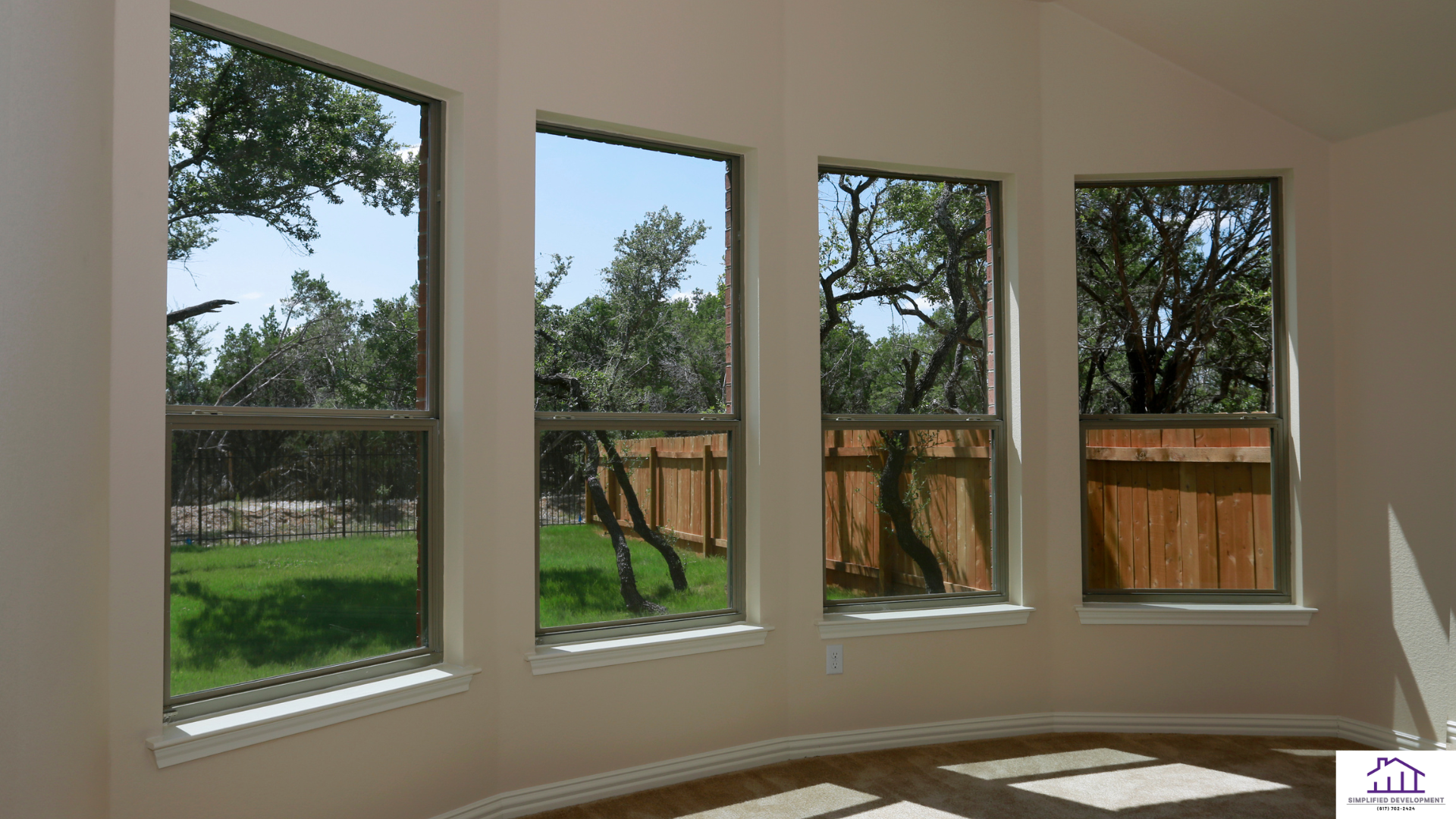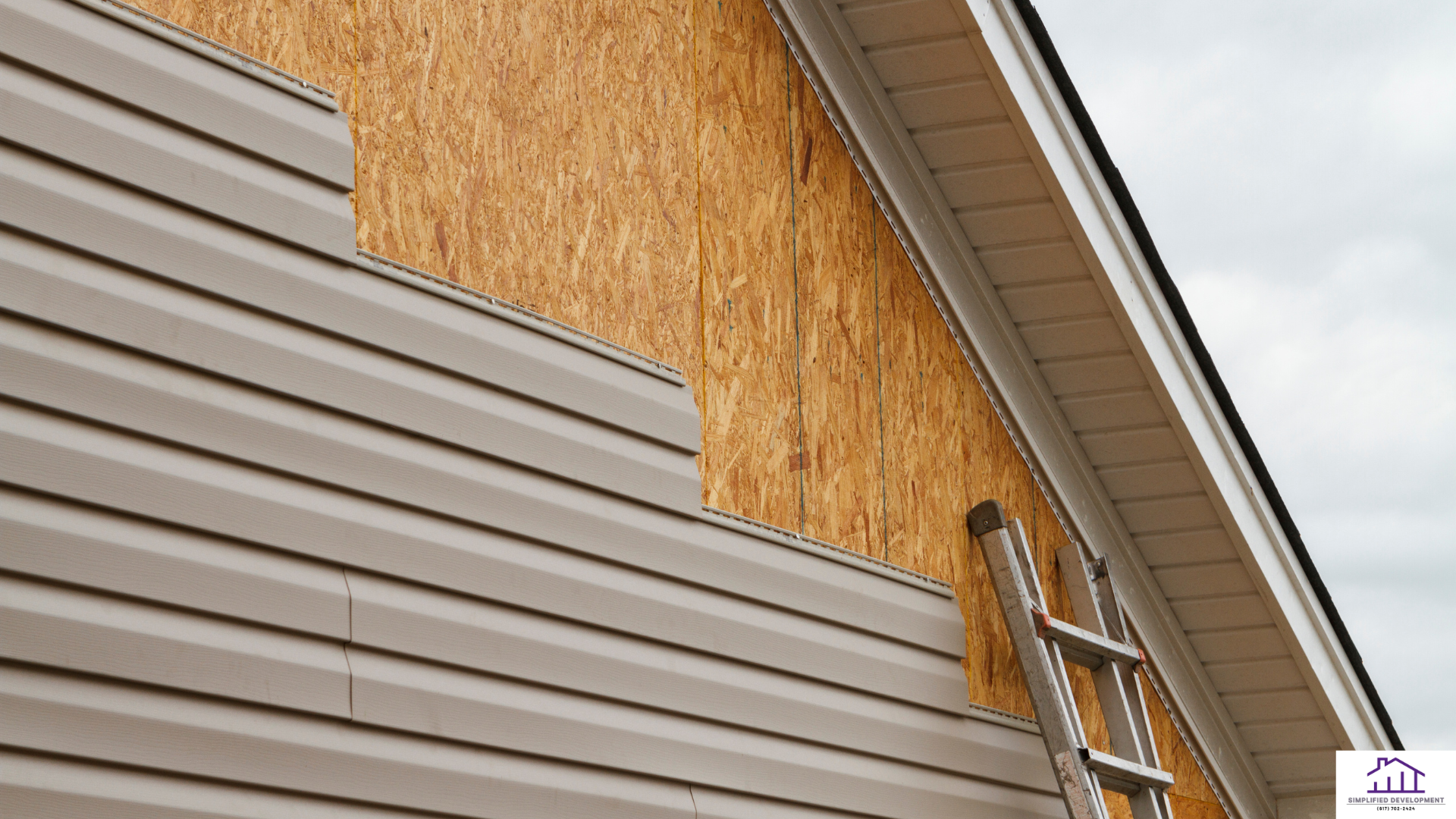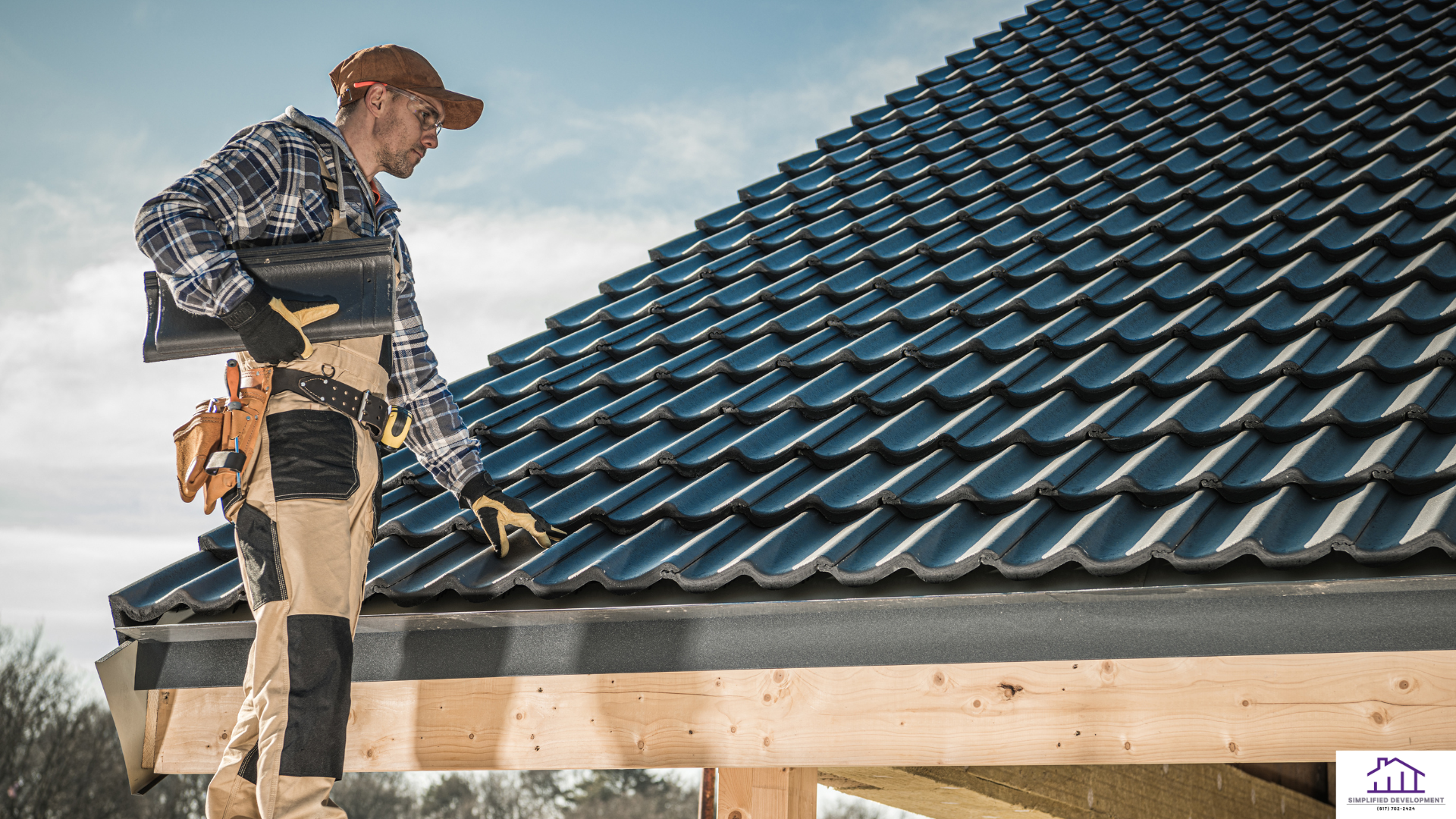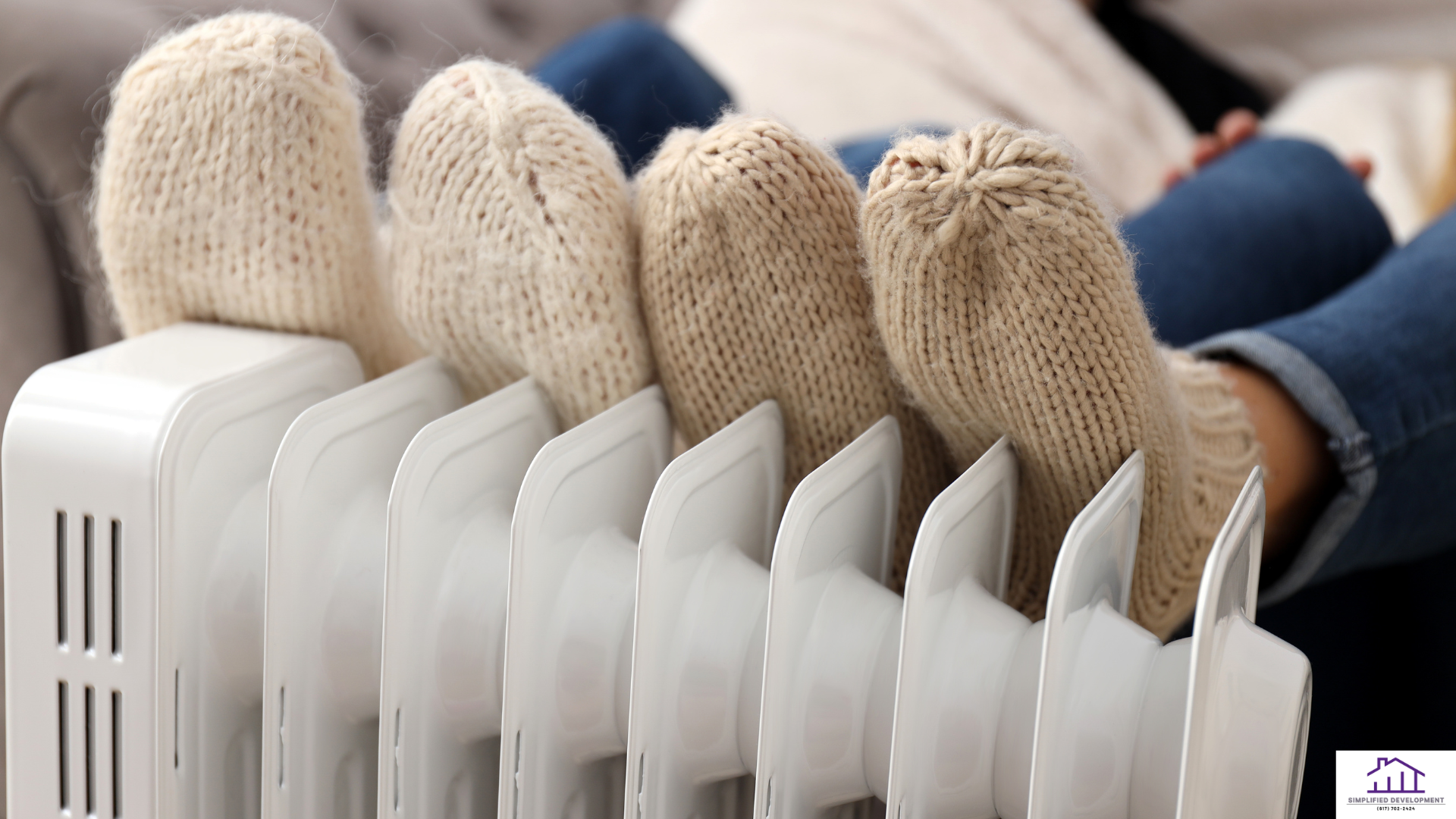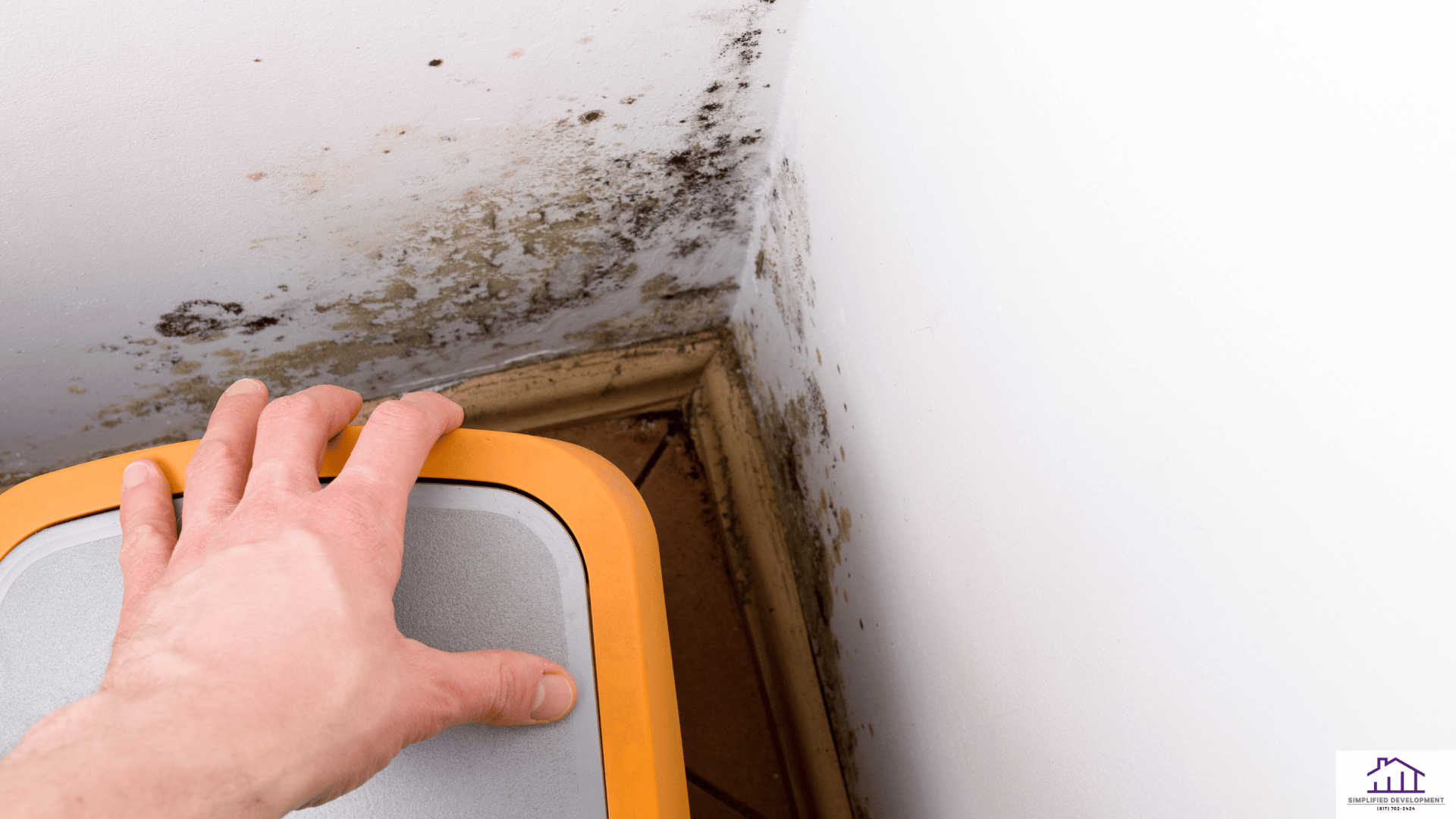Thank you for visiting!
Roofing for Flat Roofs: Best Options and Considerations

Flat roofs are a popular choice for both commercial buildings and modern residential homes due to their sleek appearance and functional advantages. However, selecting the right roofing material and understanding the unique needs of a flat roof are crucial for ensuring long-term performance and durability. Here’s a comprehensive guide to the best roofing options for flat roofs and key considerations to keep in mind.
1. EPDM Roofing
Durability and Flexibility
Ethylene Propylene Diene Monomer (EPDM) is a synthetic rubber membrane known for its durability and flexibility. EPDM can withstand extreme temperatures and weather conditions, making it an excellent choice for flat roofs. Its flexibility allows it to expand and contract with temperature changes without cracking.
Installation and Maintenance
EPDM roofing is relatively easy to install and maintain. It comes in large rolls that can be cut to fit the roof’s dimensions, reducing the number of seams and potential leak points. Maintenance involves periodic inspections and occasional patching of any punctures or tears.
2. TPO Roofing
Energy Efficiency and Durability
Thermoplastic Olefin (TPO) roofing is another popular option for flat roofs, particularly in regions with high temperatures. TPO membranes are highly reflective, helping to reduce energy costs by reflecting sunlight and keeping the building cooler. TPO is also resistant to UV rays, chemical exposure, and punctures, offering excellent durability.
Installation and Maintenance
TPO roofing is typically installed in large sheets that are heat-welded at the seams, creating a strong, waterproof bond. Regular maintenance includes inspections for seam integrity and surface cleaning to maintain its reflective properties.
3. PVC Roofing
Strength and Chemical Resistance
Polyvinyl Chloride (PVC) roofing membranes are known for their strength, chemical resistance, and long lifespan. PVC is highly resistant to fire, chemicals, and punctures, making it suitable for commercial buildings where such risks are prevalent.
Installation and Maintenance
PVC roofing installation involves welding the seams with hot air, creating a watertight and durable roof. While PVC roofing can be more expensive than other options, its longevity and low maintenance requirements can offset the initial cost over time.
4. Modified Bitumen Roofing
Affordability and Proven Performance
Modified bitumen roofing is an asphalt-based material that has been modified with polymers to enhance its performance. It has been used for decades and is known for its reliability and affordability. Modified bitumen is available in both torch-applied and self-adhesive forms, offering flexibility in installation methods.
Installation and Maintenance
Modified bitumen roofing typically involves layering, with seams being sealed using heat or adhesives. Maintenance includes regular inspections for cracks and punctures and applying protective coatings to extend the roof's lifespan.
5. Built-Up Roofing (BUR)
Durability and Multi-Layer Protection
Built-Up Roofing (BUR) is a traditional flat roofing method that involves multiple layers of bitumen and reinforcing fabrics. The layers are alternated and finished with a top layer of aggregate or a reflective coating. BUR is known for its excellent durability and ability to withstand heavy foot traffic.
Installation and Maintenance
BUR installation is more labor-intensive and requires skilled professionals to ensure proper layering and sealing. Maintenance involves periodic inspections and reapplication of protective coatings to prevent UV damage and extend the roof's life.
Key Considerations for Flat Roofs
Drainage
Proper drainage is critical for flat roofs to prevent water pooling, which can lead to leaks and structural damage. Ensure your flat roof has adequate slope and drainage systems, such as scuppers or interior drains, to direct water off the roof.
Insulation
Insulating a flat roof can improve energy efficiency and reduce heating and cooling costs. Consider installing high-quality insulation materials that are suitable for flat roofing systems.
Weather Resistance
Choose roofing materials that are resistant to the specific weather conditions in your area, including UV exposure, temperature fluctuations, and potential chemical exposure.
Conclusion
Choosing the right roofing material for a flat roof is essential for ensuring durability, energy efficiency, and low maintenance. EPDM, TPO, PVC, modified bitumen, and BUR are all excellent options, each with unique benefits and considerations. By understanding the specific needs of your building and the characteristics of each roofing material, you can make an informed decision that will protect your investment for years to come. Always consult with professional roofing contractors to determine the best solution for your flat roof needs.
